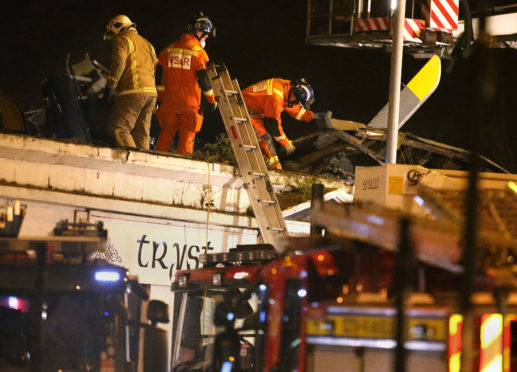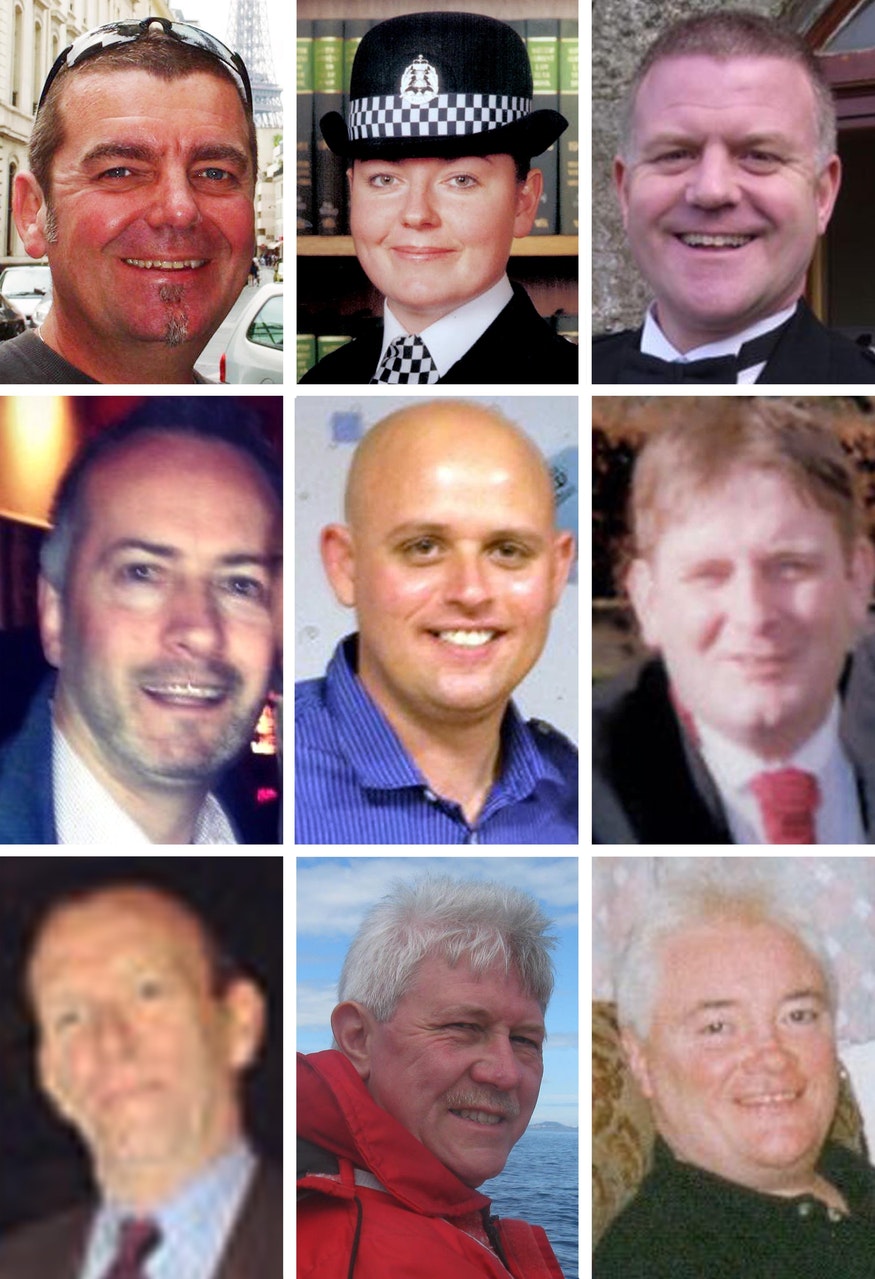
A helicopter crash which killed 10 people could have been prevented if the pilot had followed emergency procedures relating to low fuel warnings, an inquiry has found.
Three crew members and seven customers died when a police aircraft fell into the roof of the Clutha bar in Glasgow on November 29, 2013.
A Fatal Accident Inquiry (FAI) found that the crash happened after the helicopter’s engines flamed out sequentially while the helicopter was airborne, as a result of fuel starvation, due to depletion of the contents of the supply tank.
The inquiry concluded that the accident was caused by Captain David Traill’s failure to ensure that at least one of the fuel transfer pump switches was set to on.
In his determination, Sheriff Principal Craig Turnbull said the central issue was why the pilot allowed the supply tanks to deplete to the point that they did when there was more than sufficient usable fuel available to him in the main tank to allow the helicopter to return to its base.
The report found that both the fuel transfer pump switches were in the off position when the low fuel warnings were triggered.
It said that had one or both of them been switched back on by Captain Traill at that point in time the helicopter would not have crashed, however they were not switched back on.
The Sheriff Principal’s determination found that there was enough time between the first and second engine flame-outs for Captain Traill to have switched on the fuel transfer pumps.
The pilot, two crew members and seven customers in the Clutha bar in Glasgow were all killed when the Police Scotland helicopter crashed on to the roof of the building on November 29 2013.
A further 31 people in the pub were injured.
A Fatal Accident Inquiry (FAI) took place before Sheriff Principal Craig Turnbull in a temporary court at Hampden in Glasgow between April and August this year.

Enjoy the convenience of having The Sunday Post delivered as a digital ePaper straight to your smartphone, tablet or computer.
Subscribe for only £5.49 a month and enjoy all the benefits of the printed paper as a digital replica.
Subscribe